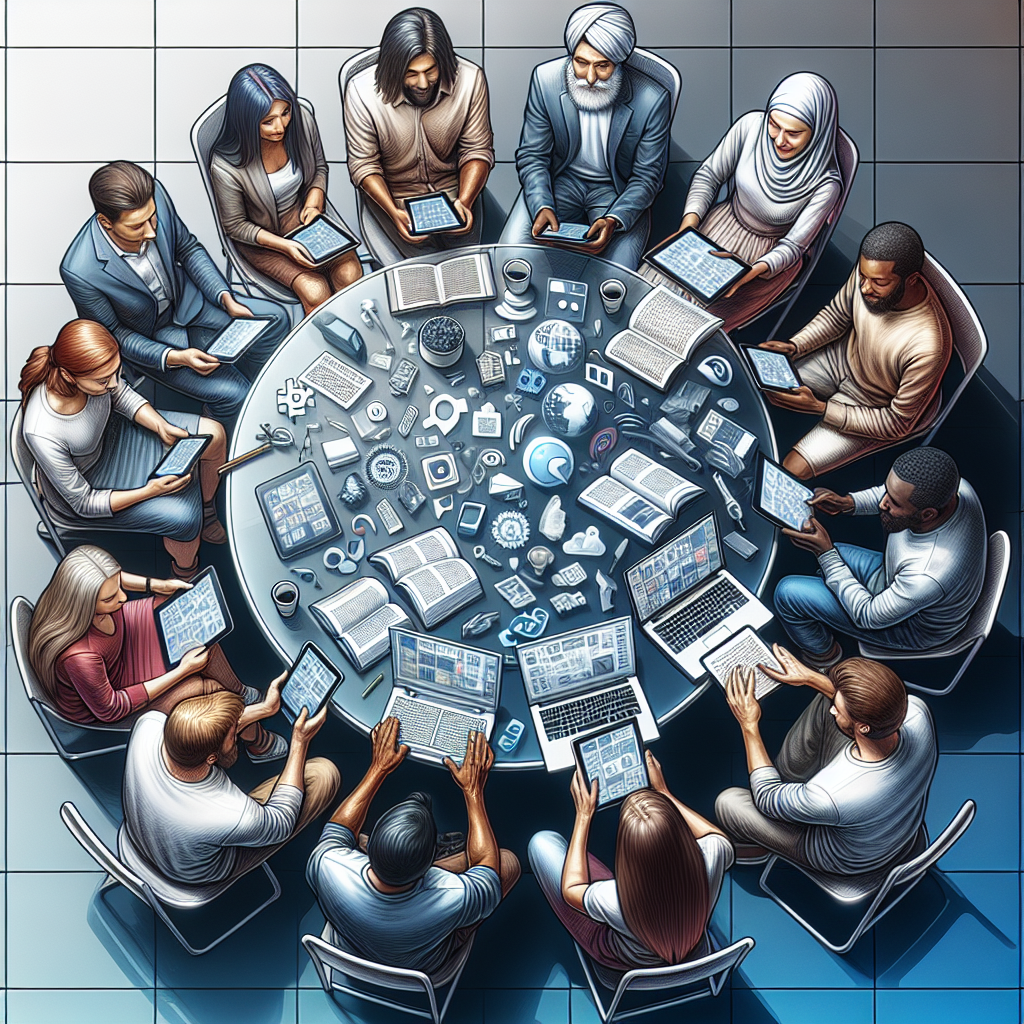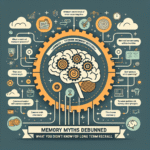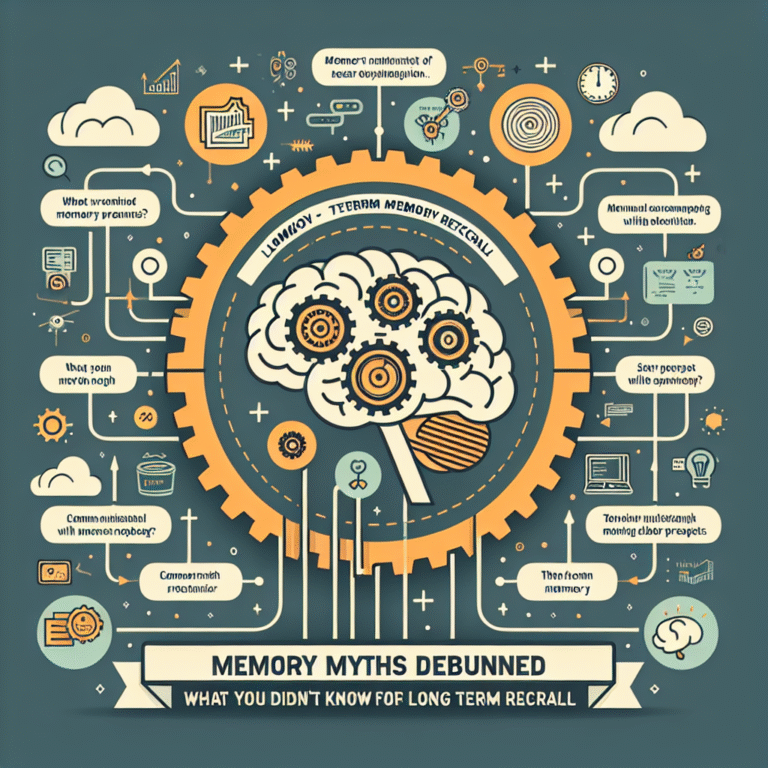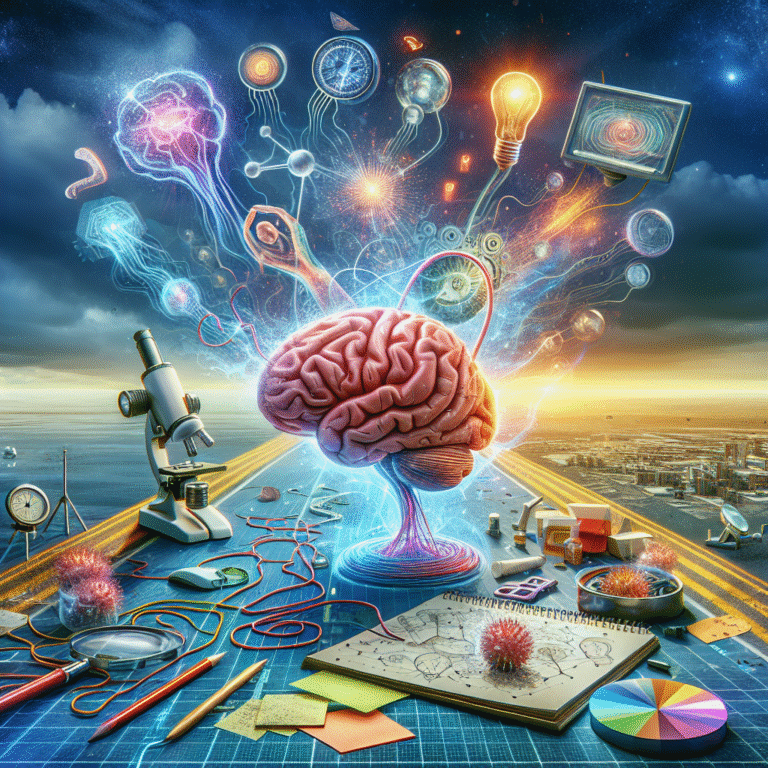
Introduction
In an era defined by rapid technological advancement, the intersection of technology and language acquisition has never been more pronounced. The significance of The Impact of Technology on Language Acquisition in the Digital Age cannot be overstated; it influences how we learn, teach, and engage with languages across the globe. As more people turn to digital platforms for education and interaction, understanding this impact not only informs our appreciation of language learning but also guides educators, students, parents, and tech developers in creating optimal learning environments.
Imagine a classroom where a language is learned not just through textbooks and teachers but through immersive simulations, interactive apps, and global peer connections—all facilitated by technology. This is the new reality. This article will delve into the multifaceted impact of technology on language acquisition, explore real-world case studies, and ultimately inspire readers to embrace these innovations in their learning journeys.
The Evolution of Language Learning Technologies
The Traditional Classroom vs. Digital Platforms
Historically, language acquisition relied heavily on face-to-face interactions, textbooks, and rote memorization. The advent of technology has shifted this paradigm dramatically. Digital platforms now offer methods such as gamified language learning apps, online tutoring, and social media exchanges, profoundly affecting how languages are learned.
Table 1: Comparison of Traditional vs. Digital Language Learning Methods
| Feature | Traditional Classroom | Digital Platforms |
|---|---|---|
| Learning Environment | Physical Classroom | Virtual Spaces |
| Interaction Type | Face-to-Face | Asynchronous/Synchronous |
| Resources | Textbooks | Multimedia Content |
| Feedback Mechanism | Teacher-Provided | Peer and AI Feedback |
| Flexibility | Fixed Schedule | On-Demand Access |
The Role of Mobile Apps
Mobile applications such as Duolingo, Babbel, and Rosetta Stone have revolutionized language acquisition. These applications use interactive exercises, real-time feedback, and adaptive learning techniques to cater to individual needs. A 2021 study found that users of language learning apps reported a 35% faster acquisition rate compared to traditional methods.
Case Study: Duolingo
Duolingo, arguably the most popular language learning platform, exemplifies the potential of technology in this field. Its use of game mechanics keeps learners engaged, while its adaptive learning algorithms personalize content to suit individual user levels. The company reported that learners who engage with the app for even just 10 minutes a day can achieve conversational fluency in about six months. This underscores The Impact of Technology on Language Acquisition in the Digital Age by demonstrating how bite-sized, enjoyable content can facilitate significant learning advancements.
The Influence of Social Media on Language Skills
Engaging with Global Audiences
Social media platforms have transformed the ways in which individuals learn and practice languages. Communities formed around language learning are prevalent on platforms like Facebook, Twitter, and Instagram. These spaces allow learners to share resources, ask questions, and practice language skills in a more informal environment.
Case Study: Facebook Language Learning Groups
In recent years, numerous Facebook groups dedicated to language exchange have emerged. These groups enable learners to connect with native speakers and practice conversational skills through text and video messages. A comprehensive survey revealed that 78% of participants felt more confident in their language abilities after actively engaging in these groups.
Real-Time Feedback and Correction
Social media also offers unique opportunities for immediate feedback. Language learners can post content in their target languages and receive corrections and tips from native speakers within minutes, thereby accelerating the learning process and enhancing user engagement.
Artificial Intelligence and Language Recognition
AI-Powered Language Learning Tools
Artificial Intelligence (AI) has made incredible strides in language learning. Tools like Google Translate and speech recognition software play crucial roles in aiding language acquisition by instantly translating, correcting grammar, and even providing pronunciation feedback.
Analysis of AI Benefits
AI-driven language tools supplement traditional learning methods by providing instant resources, enhancing learner confidence, and allowing practice at any time of day. Users can speak or type their queries, and the AI responds with rich, contextual information—further driving The Impact of Technology on Language Acquisition in the Digital Age.
Adaptive Learning Environments
AI technologies learn user patterns and customize the learning experience accordingly. For example, if a user struggles with verb conjugations, the program will prioritize practice in that area. This personalized attention significantly improves retention and understanding, as suggested by a 2022 study that found learners using AI-assisted platforms had a 50% improvement in grammar and syntax over traditional methods.
Virtual Reality: A New Frontier in Language Learning
Immersive Learning Experiences
Virtual Reality (VR) is another groundbreaking innovation impacting language acquisition. VR creates immersive environments that mirror real-life situations, allowing learners to practice language skills in realistic contexts.
Case Study: Immerse.me
Immerse.me is a VR platform designed for language learners. Users can practice conversations in virtual cafés, libraries, and towns, simulating real-world interactions. The platform has shown that students who engage in VR scenarios report a 40% increase in confidence and retention, once again demonstrating The Impact of Technology on Language Acquisition in the Digital Age.
Social Interactions in VR
A key advantage of VR is the opportunity for social interaction in a safe environment. It removes the fear of judgment that can often accompany conversation practice, enabling learners to experiment with their language skills without the pressure of a traditional classroom setting.
Online Tutoring: Personalized Learning at Its Best
Access to Global Educators
Online tutoring platforms such as iTalki and Preply connect learners with native speakers for personalized lessons. This accessibility to global educators enables learners to choose teachers based on their specific needs, accents, or teaching styles, which significantly enhances the learning process.
Case Study: iTalki
iTalki allows users to select tutors from around the world, providing a diverse array of accents and teaching styles. Research from 2020 indicates that students who used iTalki had a 60% greater retention rate compared to peers studying with traditional methods, highlighting The Impact of Technology on Language Acquisition in the Digital Age.
Tailored Learning Experiences
Online tutoring offers flexibility, allowing learners to schedule sessions according to their own availability. This personalized approach builds motivation and engagement, as learners can focus on areas they find challenging, leading to improved outcomes and increased confidence.
Bridging Digital and Traditional Methods
Complementary Learning Approaches
Rather than viewing technology and traditional methods as opposing forces, they can be integrated for a holistic approach to language acquisition. The most effective language learners often blend digital tools with traditional resources, allowing for a comprehensive learning experience.
Table 2: Blending Approaches in Language Learning
| Component | Traditional Methods | Technology-Aided Components |
|---|---|---|
| Vocabulary Acquisition | Flashcards | Language Learning Apps |
| Conversational Practice | Language Classes | Social Media Interactions |
| Cultural Context | Literature | Virtual Reality Experiences |
| Grammar Insight | Textbook Exercises | AI-Based Tools |
Real-World Applications of Blended Learning
By utilizing online resources for vocabulary building and practicing language through conversations with peers, learners can achieve greater fluency and comprehension. The dual approach harnesses the strengths of both worlds, ensuring that learners are well-equipped to navigate the complexities of a new language.
Conclusion
The landscape of language acquisition has undeniably shifted due to technological advancements. Whether through mobile applications, social media interactions, AI-powered tools, or immersive virtual reality experiences, The Impact of Technology on Language Acquisition in the Digital Age has created rich, engaging environments for learning.
Motivational Takeaway
As we embrace these innovations, let us remember the power of language as a bridge to understanding cultures and building connections. By leveraging technology, each of us can embark on an exciting language learning journey that transcends borders. Whether for personal enrichment, academic growth, or professional development, the tools are at our fingertips, waiting to be explored.
FAQs
1. How has technology improved language learning?
Technology has enhanced language learning through personalized apps, immediate feedback, and interactive platforms. These tools often help learners retain information more effectively than traditional methods.
2. Are language learning apps effective for beginners?
Yes, language learning apps offer structured content that is ideal for beginners, allowing them to progress at their own pace with a variety of interactive exercises.
3. Can social media help in learning a new language?
Absolutely! Social media provides communities for language learners to practice and engage with native speakers, increasing exposure and conversational skills.
4. What role does AI play in language acquisition?
AI assists language learners by providing instant corrections, tailored practice exercises, and adaptive learning paths based on user performance.
5. Is blended learning more effective than traditional learning alone?
Research indicates that combining traditional methods with technology creates a more comprehensive learning experience, allowing for improved retention, engagement, and fluency.

















it was helpful in improving knowledge